5 Tips for Building a Solid Investment Portfolio from Scratch

Exploring investment options has lucrative potential when executed thoughtfully. Learning how to build a solid investment portfolio from scratch requires patience, and demands mindful practices based on instinctive intuition and consistent knowledge acquisition. Despite making it appear straightforward in movies, the process is multi-pronged and a real learning curve.
What is an Investment Portfolio?
An investment portfolio is an assembly of capital. Usually entirely virtual, a typical portfolio may have stocks, bonds, shares, mutual funds, or a combination of all of the above. The purpose is to grow funds and make insightful financial moves to further bolster the collection of assets. How people choose to invest and where they decide to inject funding depends on personal circumstances.
How Many Assets Should a Portfolio Aim to Acquire?
The first consideration is how many stocks (or similar) you are aiming to acquire in your portfolio. There is no specific number to aim for. Instead, build in line with your means and respect the wider process. Instead of focusing on how many assets, consider a shift in mindset to what these assets are. Diversification is one of the most effective, proven methods of successful growth.
What Kind of Investor Will You Be?
There are multiple routes to take in this industry, but when it comes to selecting your investment stylings, there are two clear paths. Those are conservative investors or aggressive investors.
Conservative Investor
Conservative investment leans on solid leads in the market. Trusted bonds, for example, are a popular asset for conservatism, as they yield the lowest risk comparatively. This method focuses on building assets in a low-risk, high-strategy methodological approach as to avoid capital loss in the most stringent manner.
Aggressive Investor
Conversely, an aggressive investor is prone to taking higher risks in the hopes of a higher return. This is a faster way to build up a portfolio and often pays off. However, the risk involved is not something that can easily be ignored and, while it works for some people, it is a big risk movement.
Brush Up on the Basics
To build a portfolio auspiciously, there are certain terms and knowledge pieces that must be learned to carry you through the journey. With crucial information such as common terms and the best sources for acquisitions, you will master the growth portion more easily. Here are five examples to get you started.
- Bonds: Bonds are essentially loans from a company or the government. Traditionally, they have a fixed rate of return which serves to profit both investor and investee. They exist to fund ventures and serve as a solid risk mitigation factor in any portfolio. Bonds are perceived as a safe investment with low risk returns, though there is still a risk as with any investment.
- Stocks: A representation of a piece of ownership in a company. When you own stocks, you can trade them on the stock market and track their value.
- Shares: Shares are units of stocks. How many shares you own determines the overall value of the stocks in your portfolio.
- Capital Gain and Capital Loss: These terms refer to the difference between how much you spent on an investment, and what that investment returns to you financially speaking.
- Dividend: Dividends are an amount of money paid to shareholders by companies. Typically rewarded quarterly, the value of each dividend is determined by its yield and the money behind it. For further reading on dividends and stocks, here is a list of the best paying dividend stocks to get to know.
Assess Assets
After familiarizing yourself with the basic jargon, it is time to sit down with your financial assets and determine which path to choose, how much you can comfortably invest, and what risks you are and are not willing to take to build a portfolio. From here, the decision as to where to allocate these assets within the portfolio becomes much more accessible. Choose how much of the investment is to go on stocks, bonds, or mutual funds by considering the current market trends in great detail.
Keep a Watchful Eye
The world of investment moves. It does not wait. It does not cherish indecision. This is an arena for snappy thinkers that have their heads in the market. A portfolio will only grow effectively if it is observed, as the alternative simply does not fit within the idealistic reality. Whether you keep a watchful eye through a broker or take matters into your own hands, multiple daily check-ins at the start are a basic requirement. The process can be automated in some channels to detract from the demands.
Building anything from scratch requires hard work and dedication. An investment portfolio has the potential to be a generous form of passive income when handled correctly and is an asset that is certainly worthy of the time and effort it demands.
